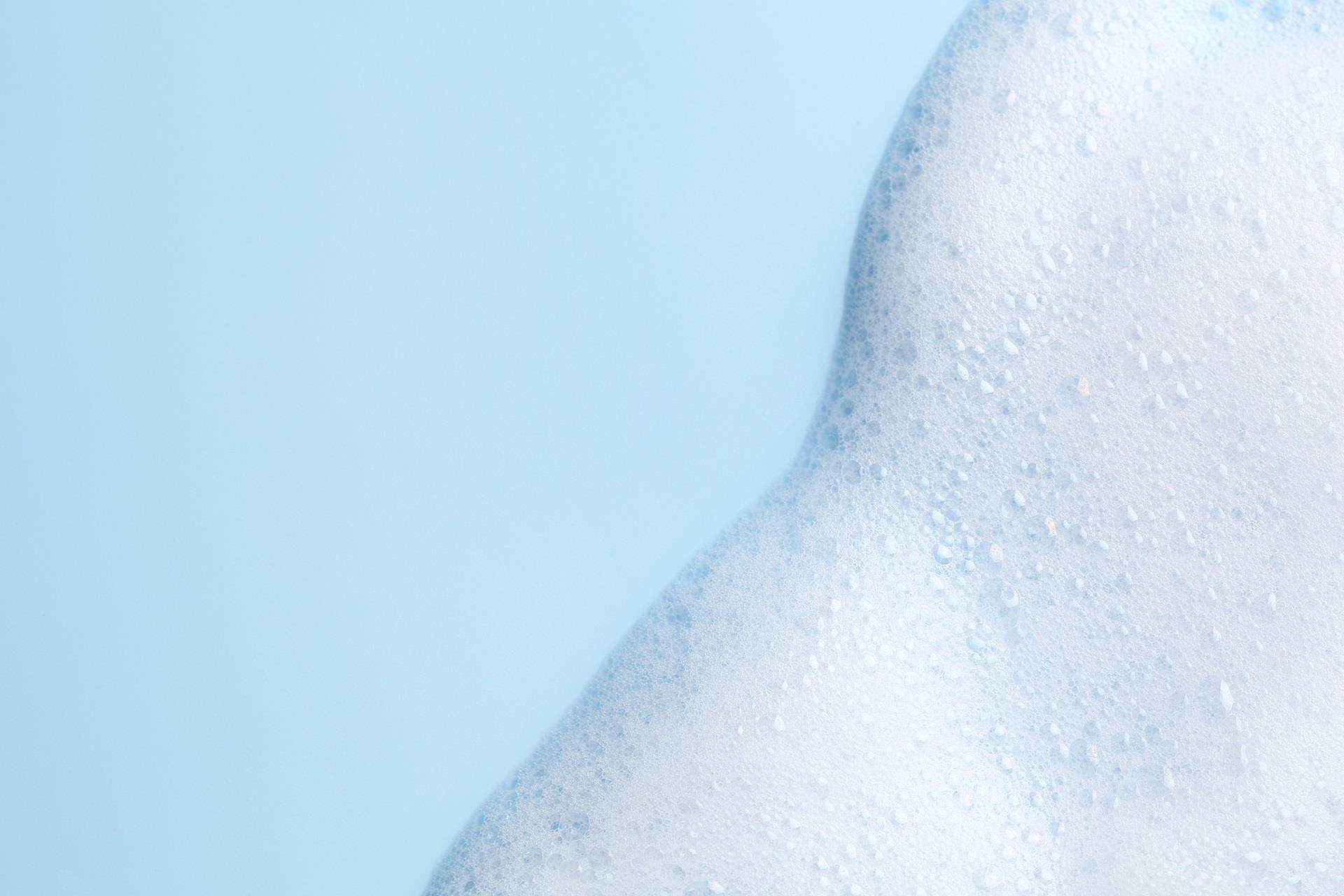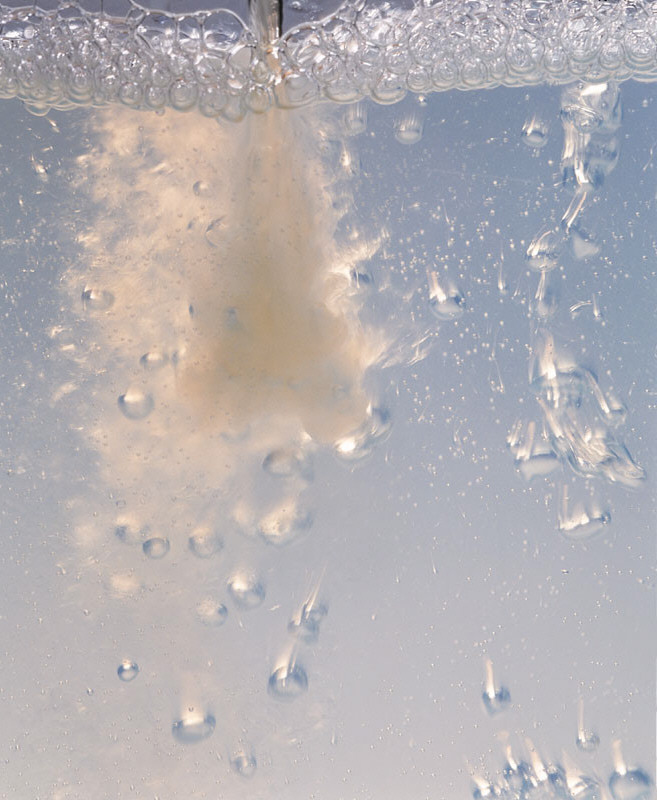The Duty of Defoamers in Enhancing Item Quality and Performance
Defoamers serve as vital ingredients that minimize this concern, ensuring smoother manufacturing workflows while boosting the functional and visual qualities of the last products. The option of the ideal defoamer can be important to attaining optimum outcomes, raising important concerns concerning formulation compatibility and performance metrics that merit further expedition.
Recognizing Defoamers
Understanding the role of defoamers is necessary for preserving product top quality throughout numerous industries. Defoamers are chemical additives developed to minimize and prevent the formation of foam in liquid systems, which can negatively influence procedures such as mixing, filling up, and surface stress. Frothing can cause ineffectiveness, product problems, and jeopardized visual charm, making defoamers a critical component in manufacturing operations.
In commercial applications, defoamers aid to improve item consistency and stability. For instance, in the paint and coatings industry, foam can hinder the application process and the last coating. In a similar way, in food and drink manufacturing, extreme foam can impede bottling and product packaging efficiency (defoamers). The reliable usage of defoamers not only ensures smoother production procedures but likewise adds to premium item efficiency.
Furthermore, the selection and solution of a defoamer should line up with details application needs, such as compatibility with other active ingredients, effectiveness under differing temperature level and pH problems, and potential governing restraints. Ultimately, understanding defoamers' functions and their relevance in various solutions is crucial for optimizing manufacturing and ensuring the best quality end items.
Types of Defoamers
Defoamers can be categorized into numerous types based on their make-up and device of action. The primary types consist of silicone-based, non-silicone natural, and not natural defoamers.
Silicone-based defoamers are among one of the most efficient, mainly due to their capability to spread rapidly on the fluid surface area and disrupt foam formation. Their unique chemical framework allows for exceptional stability, making them appropriate for high-temperature applications and environments with differing pH degrees.
Non-silicone organic defoamers, usually composed of all-natural oils or fatty acids, are valued for their biodegradability and lower poisoning. These are normally used in food and drink applications where safety and security and environmental effect are vital.
Not natural defoamers, which include substances like talc or calcium carbonate, act by increasing the density of the fluid, thus lowering foam stability. They are typically made use of in industrial procedures where compatibility with various other materials is not an issue.
Each type of defoamer has distinct advantages and constraints, allowing for tailored remedies depending upon the details lathering concerns encountered in various applications. Understanding these distinctions is crucial for optimizing efficiency and accomplishing preferred item high quality.
Applications Across Industries
Numerous sectors take advantage of defoamers to improve item high quality and functional performance. In the food and drink sector, defoamers are crucial in procedures such as developing and milk production to stop foam formation, which can bring about ineffectiveness and product variance. By controlling foam, makers can guarantee far better yield and an extra uniform item.
In the pharmaceutical market, defoamers play a vital role in the solution of liquid medicines, where excessive foam can hamper blending and precise application. Their use assists keep the integrity of the solutions and helps with smoother manufacturing processes.
The paint and finishes industry likewise depends on defoamers to enhance the efficiency of items during application. By decreasing foam, these additives make sure a smoother coating and enhance the aesthetic top qualities of the end product.

Benefits of Making Use Of Defoamers
While the application of defoamers varies throughout sectors, their advantages continually boost item top quality and procedure effectiveness. One considerable advantage is the reduction of foam development during manufacturing processes, which can or else cause production delays and inconsistencies in item top quality. By lessening foam, defoamers make it possible for a smoother flow of products, promoting a lot more reliable operations and minimizing the probability of devices malfunctions.
In addition, making use of defoamers can enhance that site the appearance and appearance of end products. In markets such as layers, paints, and food handling, excessive foam can endanger the visual aesthetic appeals and total high quality, while the appropriate defoamer application makes certain a consistent finish and desirable qualities. Furthermore, defoamers can add to cost financial savings by decreasing waste during production and enhancing the use of resources (defoamers).

Selecting the Right Defoamer
Selecting the best defoamer is essential for maximizing production procedures and making certain item top quality. The selection of defoamer affects not just the performance of foam control yet additionally the overall performance characteristics of the last item. Aspects to think about consist of the type of application, the chemistry of the formulation, and the environmental problems under which the item will certainly be made use of.
Various markets may call for details defoamer types, such as silicone-based, organic, or polymeric defoamers. Understanding the compatibility of the defoamer with the key components is necessary to prevent damaging responses that might compromise item stability. Additionally, the defoamer's effectiveness in various temperatures and pH levels must be reviewed to make sure constant performance.
Evaluating the defoamer in small applications can offer useful insights right into its efficiency and suitability. Factor to consider of regulatory compliance, particularly in Full Report food, drugs, and cosmetics, is critical in picking a defoamer. Ultimately, a thorough analysis of these aspects will certainly lead to the choice of a defoamer that not just controls foam properly however additionally enhances the high quality and efficiency of the end product.
Conclusion

To conclude, defoamers are essential additives that substantially boost product top quality and efficiency throughout numerous sectors. By effectively reducing foam formation, these agents not only enhance operational efficiency however additionally add to the aesthetic and functional stability of products. The tactical selection and application of defoamers result in cost savings, enhanced resource use, and enhanced customer complete satisfaction. In general, the value of defoamers in commercial procedures can not be overemphasized, as they play an important function in achieving premium and constant outcomes.
Foaming can lead to inadequacies, product defects, and endangered visual appeal, making defoamers a critical part in manufacturing procedures.
